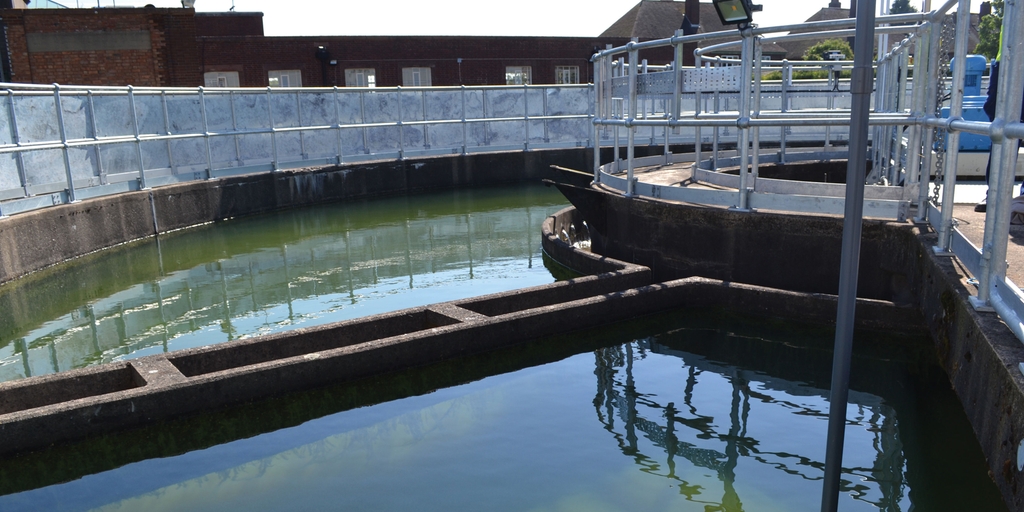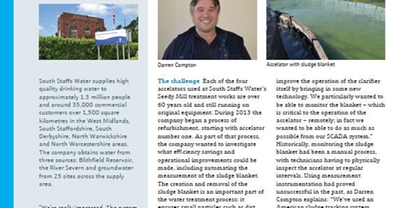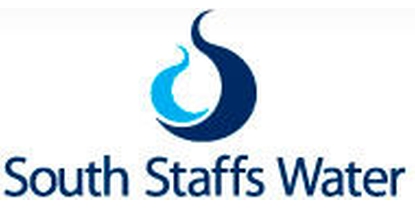Sludge blanket measurement improves quality and efficiency
Sensor trial proves successful for South Staffs Water
South Staffs Water supplies high quality drinking water to approximately 1.3 million people and around 35,000 commercial customers over 1,500 square kilometres in the West Midlands, South Staffordshire, South Derbyshire, North Warwickshire and North Worcestershire areas. The company obtains water from three sources: Blithfield Reservoir, the River Severn and groundwater from 25 sites across the supply area.

Sludge blanket monitoring
Achieving effective sludge blanket monitoring
-
Having such a reliable measurement improves product quality and reduces wastage, as it can be used to control the de-sludging of the accelator.
The ability to monitor the sludge blanket remotely is one of the main benefits for South Staffs Water, not only due to the cost saving.
The company has been so impressed with the results of the trial they’re looking to order an additional complete system for a second accelator and three sensors with a single multi-channel transmitter for three sludge thickeners.
Due to the reliability of the measurement it’s also been suggested that the de-sludging process could be automated in future to further improve the process.
Automatic measurement of the sludge blanket
Each of the four accelators used at Seedy Mill are over 60 years old and still running on original equipment. During 2013 the company began a process of refurbishment, starting with accelator number one. As part of that process, the company wanted to investigate what efficiency savings and operational improvements could be made, including automating the measurement of the sludge blanket.
Ultrasonic interface sensor CUS71D
We supplied our ultrasonic interface sensor Turbimax CUS71D on trial with a process guarantee. It offers fast and continuous in-situ measurement of any sedimentation zone like sludge blankets. Used in conjunction with the Liquiline transmitter, it produces the level (distance from the bottom of the accelator to the sludge blanket) or range (distance from the water line to the sludge blanket) measurement and sends digital or analogue communication signals to the data acquisition system.



